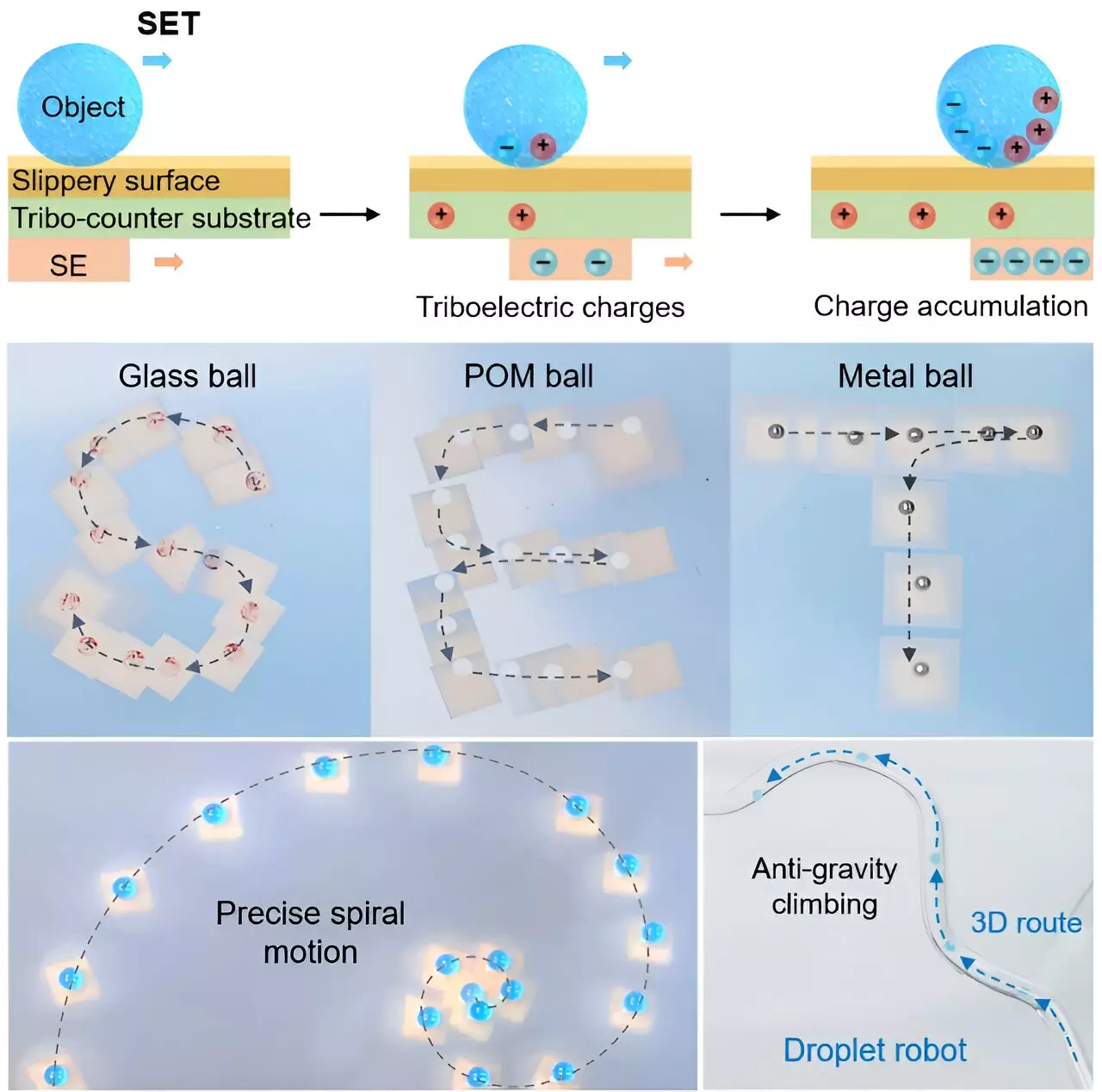In a game-changing breakthrough, researchers at the Shenzhen Institute of Advanced Technology (SIAT) have unveiled a revolutionary self-powered electrostatic tweezer (SET) capable of manipulating objects with unprecedented efficacy. Led by Dr. Du Xuemin, the innovation is built on the principles of triboelectricity, which harnesses charge from friction, presenting a paradigm shift in how we conduct delicate operations in fields like physics, chemistry, and biology.
Traditional tweezers rely heavily on external power sources and complex setups, often hampered by limitations in charge generation and unwanted heat. This self-powered alternative emerges as a viable solution, shedding the cumbersome trappings of its predecessors. The SET not only simplifies the design but enhances the operational scope, thereby elevating its functional use.
How the Self-Powered Electrostatic Tweezer Works
The heart of the SET lies in its innovative materials and structure. By incorporating a polyvinylidene fluoride trifluoroethylene (P(VDF-TrFE))-based self-powered electrode (SE), this device accumulates triboelectric charges quickly and efficiently. The advanced design allows for a remarkable charge density of approximately 40 nC cm-2 within seconds, setting a new standard in electrostatic manipulation.
Once engaged, the SE interacts with a specially-designed dielectric substrate, which not only supports the structure but also plays a pivotal role in enhancing the triboelectric effect. More intriguingly, the surface of the substrate is engineered to minimize friction and resist biofouling, addressing common challenges that hinder the seamless manipulation of microscopic or delicate objects.
Limitless Applications Across Multiple Disciplines
What sets the SET apart is its remarkable flexibility. It is engineered to manipulate a diverse range of materials, from solid objects to liquids and even bubbles, at astonishing speeds—up to 353 mm s-1. This adaptability signifies a leap forward for applications in microfluidics and cellular studies, which stand to gain immensely from such responsive technologies.
The versatility extends further, allowing manipulation in varied scenarios—from flat, two-dimensional surfaces to complex three-dimensional platforms. This means researchers can now explore advanced functions such as droplet merging, splitting, and even integrating this device into the burgeoning field of droplet robotics. Such capabilities herald a new era in experimental and applied sciences, providing tools that are as efficient as they are groundbreaking.
A Bright Future Ahead
The implications of this technology are far-reaching. By eliminating the need for intricate external systems and minimizing thermal issues, the self-powered electrostatic tweezer can streamline processes across various research fields. This simplicity does not only mark a technical improvement but also democratizes access to advanced manipulation techniques, allowing wider adoption in both academic and industrial settings.
As research and development around the SET progresses, one cannot overlook the potential it holds in enhancing scientific discovery and innovation in the years to come. The next generation of micro-manipulation technology may very well be rooted in Dr. Du’s revolutionary design—an innovation that transcends mere functionality and inspires a future where precise control over matter is within everyone’s reach.


Leave a Reply